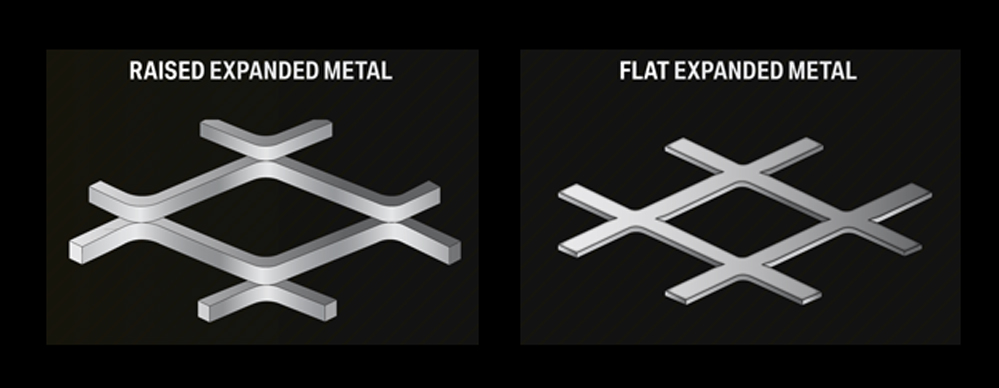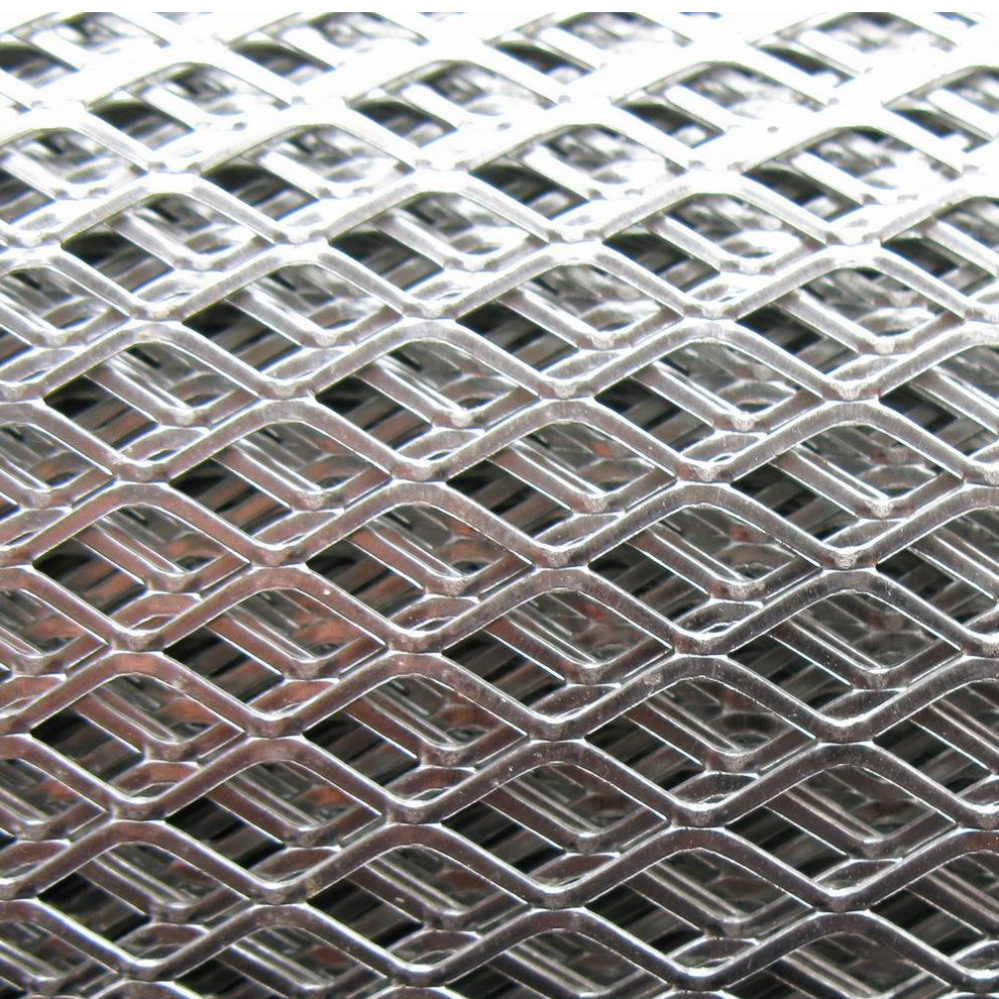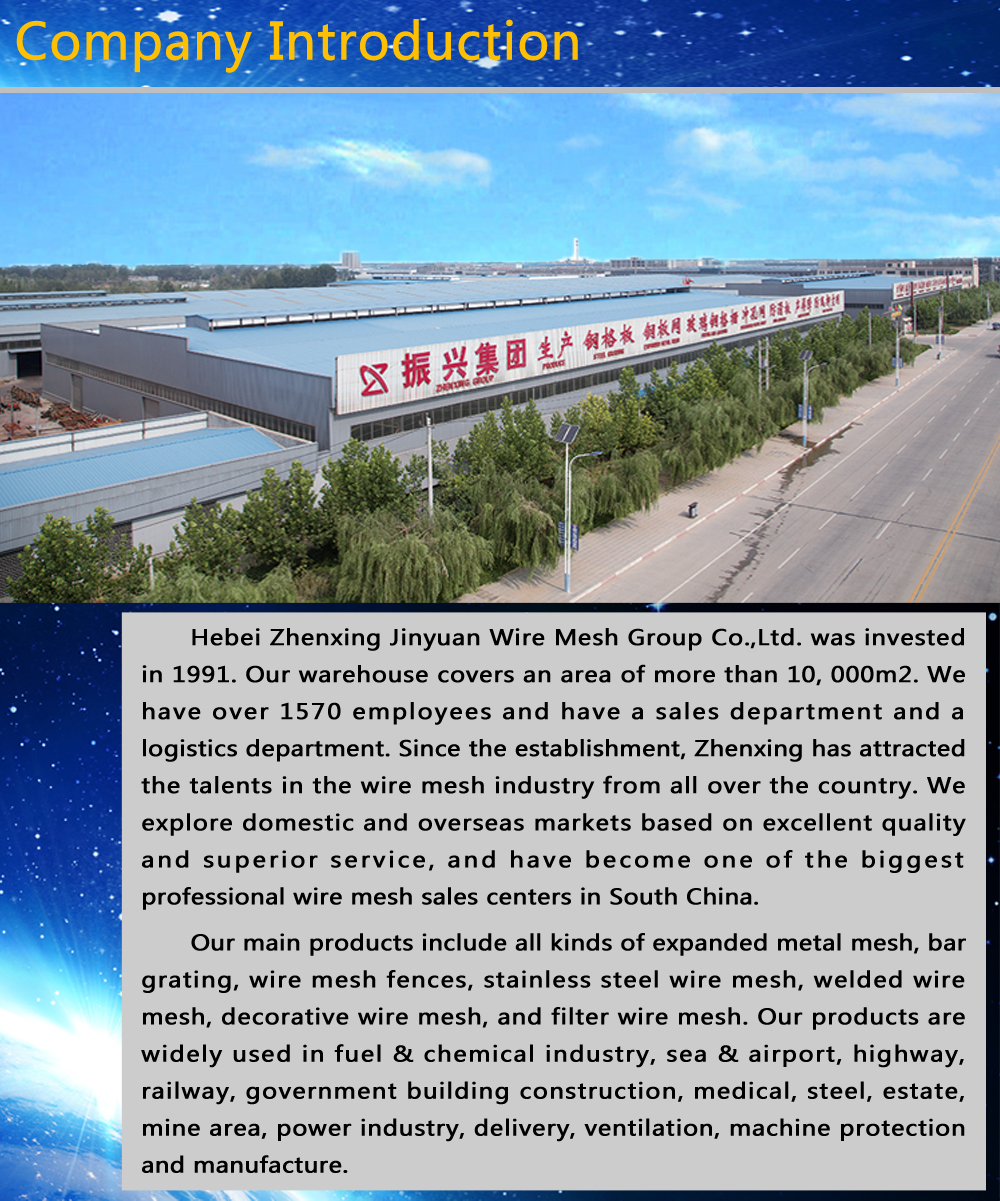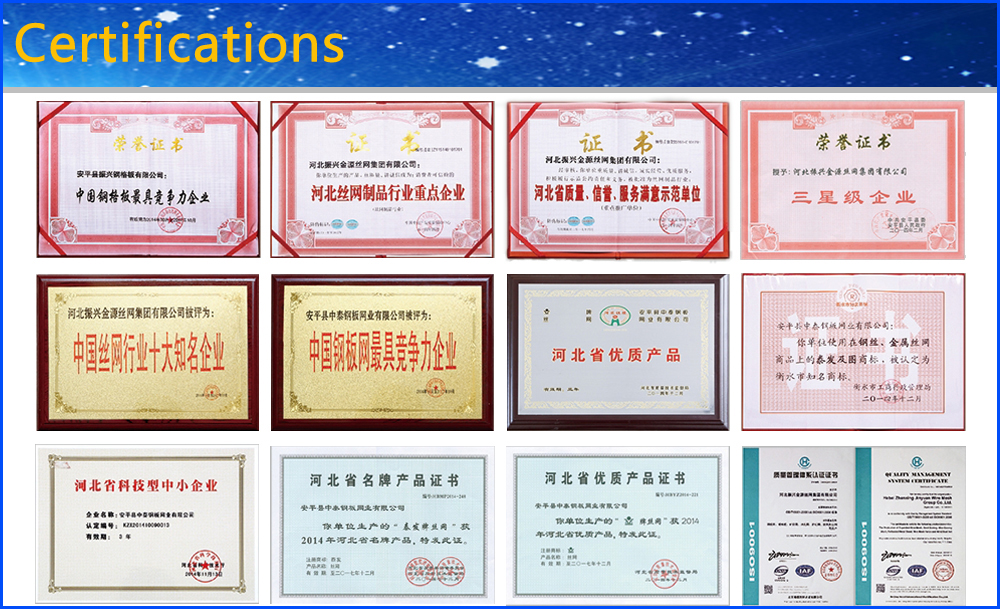There are many types of nozzles, and the range of choice is large. Generally speaking, nozzles for degreasing and water washing processes can be selected with jet nozzles with strong impact force: the "V" type fan nozzle is taken as an example, and the spray angle is 60 ° is the best, with a large impact force; and the nozzle of the phosphating process can choose a centrifugal nozzle with good atomization, fine water particles and weak impact force: take "Z" type cone nozzle as an example The optimal distance of the nozzle from the workpiece is 40cm ~ 50cm, and has a spray effect of dispersing and atomizing the liquid. The arrangement of the nozzles on the nozzle can be in the form of parallel and cross, and the channel type adopts vertical cross arrangement, and the spraying effect is better.
The factors that select the nozzle are flow, pressure, spray angle, coverage, impact force, temperature, material, application, etc., and these factors are often intertwined and mutually constrained. Flow and pressure, spray angle and coverage are proportional. The purpose of any nozzle injection is to maintain continuous contact of the bath with the workpiece. This factor is more important than pressure. The temperature of the liquid does not affect the spray performance of the nozzle, but it affects the viscosity and specific gravity, as well as the choice of material. The material of the nozzle should also be determined according to the chemical characteristics of the bath. For non-corrosive baths, bronze casting or plastic die casting can be used according to the difficulty of processing. In order to prevent corrosion, non-metallic materials may be used; for strong etching baths such as sulfuric acid and hydrochloric acid, nylon plastic may be used; nozzle materials for phosphating baths are generally made of acid-resistant stainless steel, and nozzles for preventing corrosion may also be directly selected from stainless steel or Made of nylon material.
For nozzles with a certain impact force, a small angle nozzle should be used, and the liquid column flow (ie, jet) is the best; the fan nozzle is suitable for cleaning, degreasing, cooling, etc. The cone nozzle is suitable for drifting, surface layer, phosphating, humidifying. In the aspect of dust removal, etc.; the venturi mixing nozzle should be installed in the paint storage tank and the tank body. Take the "H" type stirring nozzle (also known as the venturi nozzle) as an example. The bath liquid is sucked through a certain pressure and the approach channel. The liquid is mixed and sprayed together at a flow rate of 1:4, and the effect of the solute without air mixing is achieved, thereby preventing precipitation, because the agitation ensures uniform mixing of the chemical solution.
The Flattened Expanded Metal Mesh is a Expanded Metal Mesh that has been machined by a flattening machine. After the flattened, the mesh stem and the joint are in a common degree, so that the Flattened Expanded Metal Mesh surface is smooth and bright; and compared with before flattening, the mesh thickness becomes thinner, the stem width becomes wider, and the mesh becomes larger.




Flattened Expanded Metal Mesh
Expanded Metal Sheet,Flattened Expanded Metal Mesh,Flattened Metal Mesh,Flattened Expanded Sheet
Hebei Zhenxing Jinyuan Wire Mesh Group Co.,Ltd , http://www.zxsteelgrating.com